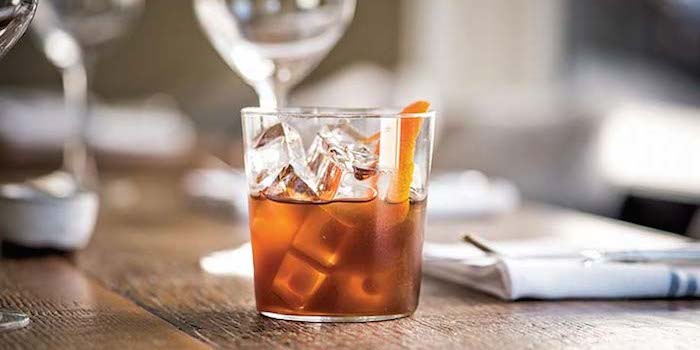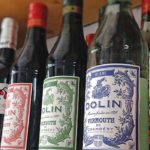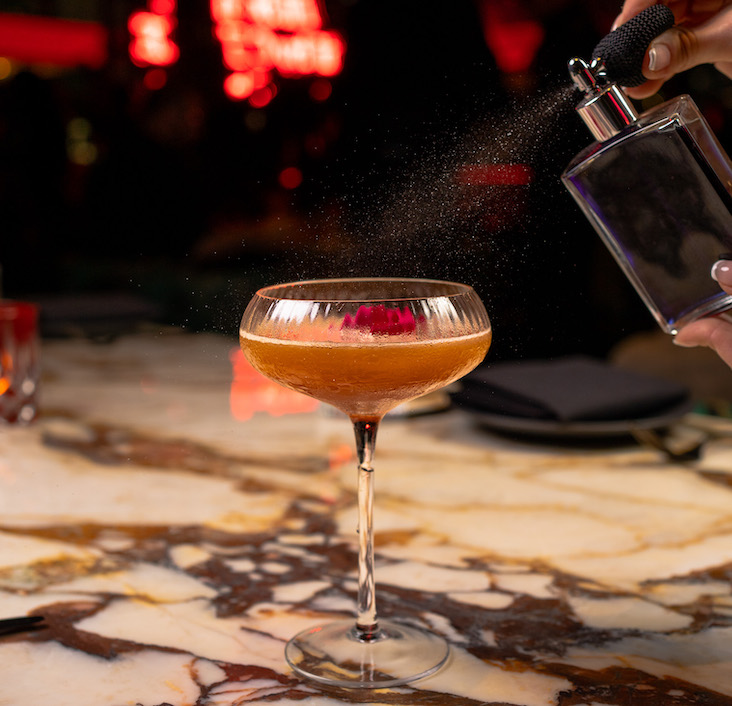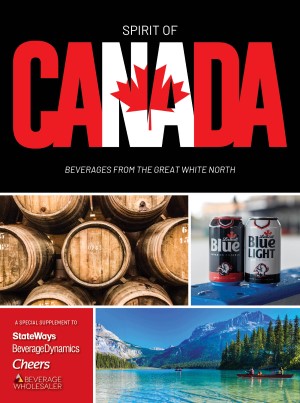The cocktail renaissance has returned many once-neglected products to prominence. And lately, it’s been vermouth’s turn to shine.
That shouldn’t be a surprise, really; Manhattans, Martinis, Martinezes, Negronis, among a host of old and new concoctions that require quality vermouth, have become essential drinks once again. Many bartenders are turning to the broader variety of brands now available when crafting new drinks as well.
For example, the French vermouth Dolin and Italian brand Carpano―virtually unknown here 10 years ago―are practically de rigeur at cocktail-focused bars. And the broader the choice of vermouths, the more interested drinkmakers become.
But it’s not only as a bit player in cocktails that vermouth is in vogue: Numerous operations have been promoting vermouth-led drinks, with others establishing their reputations as vermouth-friendly locales with unique selections and programs.
San Francisco restaurant Octavia, which opened in spring 2015, decided to do a vermouth program when the concept was still in the planning stages, says beverage director Paul Einbund. “We wanted to create a unique offering that would attract attention and be exciting for our diners,” says Einbund, who is well known as a vermouth booster.
Octavia now carries nine or so vermouths; each is offered on the menu straight, on the rocks with bitters and orange, or with tonic, bitters and orange. The house cocktail includes two types of vermouth and Lillet mixed with yuzu juice.
“Vermouths still carry the ‘mixer’ aura, so getting beyond that isn’t easy but our program is so exciting that we fly through the stuff,” Einbund says. “I think unique offerings are important; if we just listed one or two, it would get skipped over, but we list nine, which makes people stop and take notice.”

At Chicago’s Nico Osteria, head bartender Matty Eggleston keeps the descriptions brief and accessible for the dozen or so vermouths he lists.
Getting Guests on Board
Octavia also supports its list with brief notes, since few consumers know how different vermouth brands can taste. For example, it describes Hammer & Tongs Sac’Resine from Oregon as “light sweet citrus & spice,” while Alessio Vermouth di Torino Rosso is “dark dusty chocolate cherry,” and Kina L’Avion d’Or is “bittersweet lemon lilac.”
Descriptors are key to driving interest in a largely misunderstood category. At Chicago’s Nico Osteria, head bartender Matty Eggleston keeps the descriptions brief and accessible for the dozen or so vermouths he lists. He’s found that it opens customers eyes to the category’s possibilities.
The description for Imbue Bittersweet from Oregon is simply “sage, clove;” for California’s Vya Sweet, “cinnamon, galangal;” and for the Piedmontese Cocchi Torino, which is also the house vermouth for Nico’s Manhattans, it’s “green grapes, cola.”
Why these type of descriptors? “You can only say sweetened fortified wines so many times, but if you say it tastes like cola or grapes, that’s a conversation starter,” Eggleston explains.
Eggleston introduced a “vermouth of the day” program this past spring as a way to showcase different varieties served with club soda and garnish. “There’s a wonderful and richly flavored range of bottles that get pushed to the back of the cooler if not in regular use, which is one reason we started featuring it this way,” he notes.
The vermouth-of-the-day idea worked well in the summer months, “and we’re going to expand it during colder weather as aperitif of the day, when darker and sweeter may do well,” Eggleston says.
Nico Osteria vermouth also features vermouth in cocktails, such as the Squadra (Tequila Cabeza, Pelotón de la Muerte mezcal, Punt e Mes, Drambuie and Benedictine). But as a bar that services a restaurant and the connecting Thompson Hotel, as well as one frequented by neighborhood folks, offering drinks lower in alcohol made sense.
With the wide range of domestic and imported options today, Eggleston finds he can add flavor to a drink without relying on bitters, syrups or tinctures. The vermouths enable him to offer “delicious drinks that are not super boozy that tend to blow people’s doors off before a meal.”







